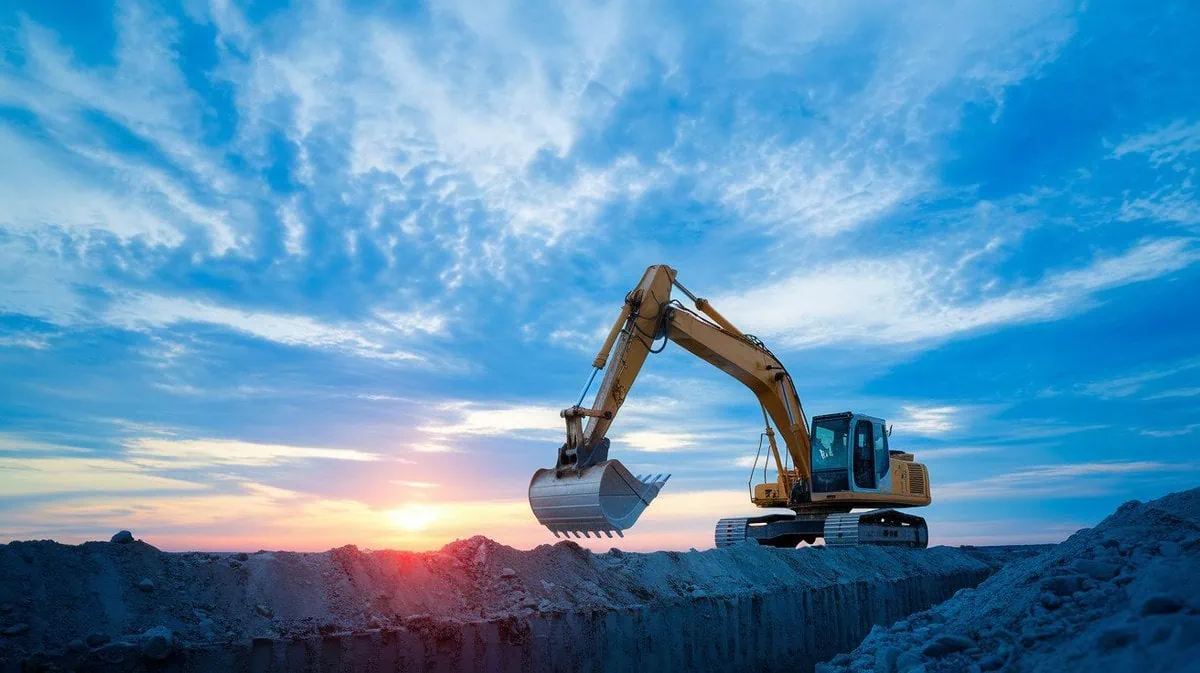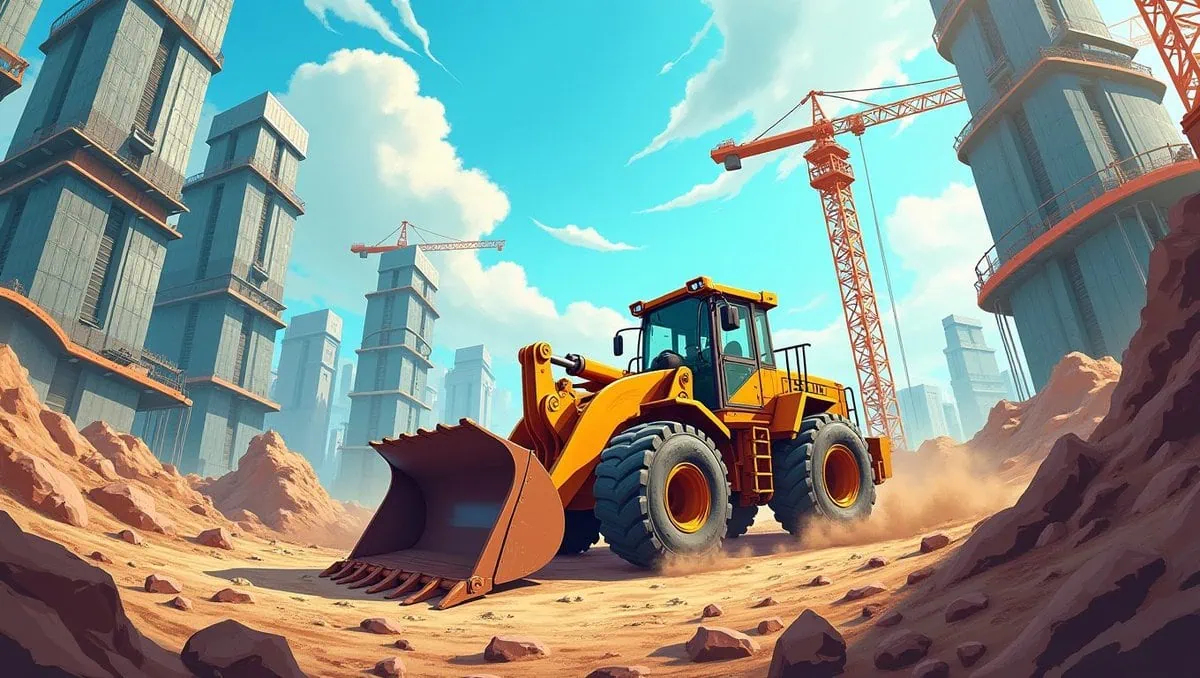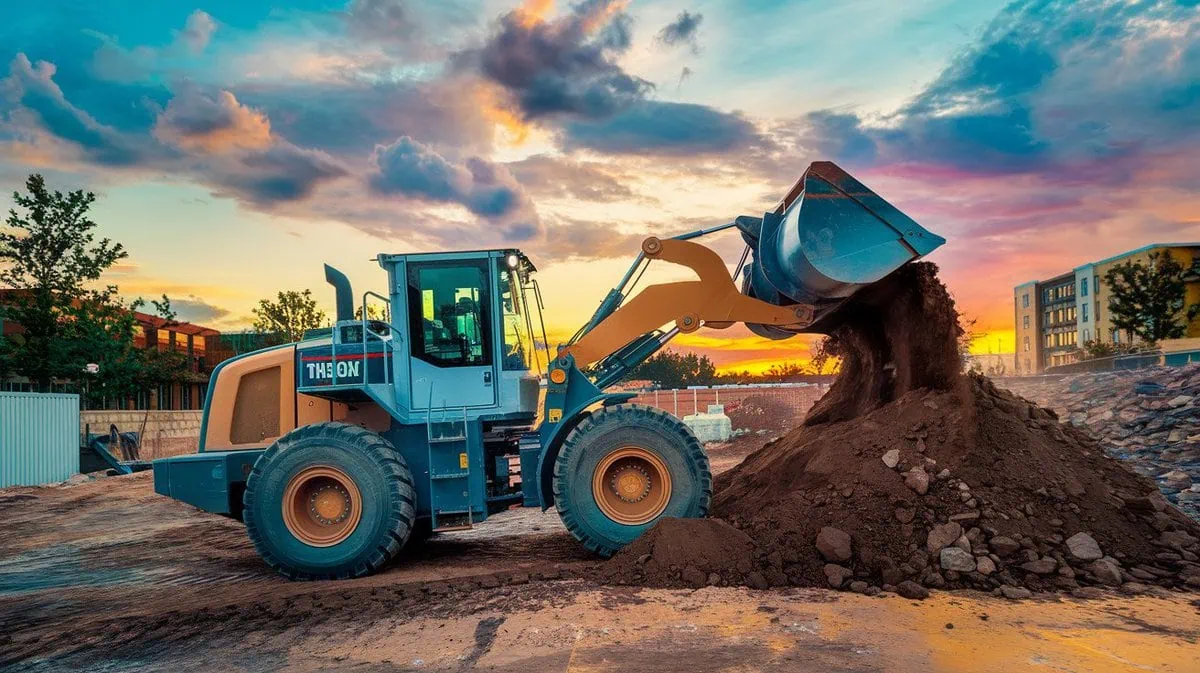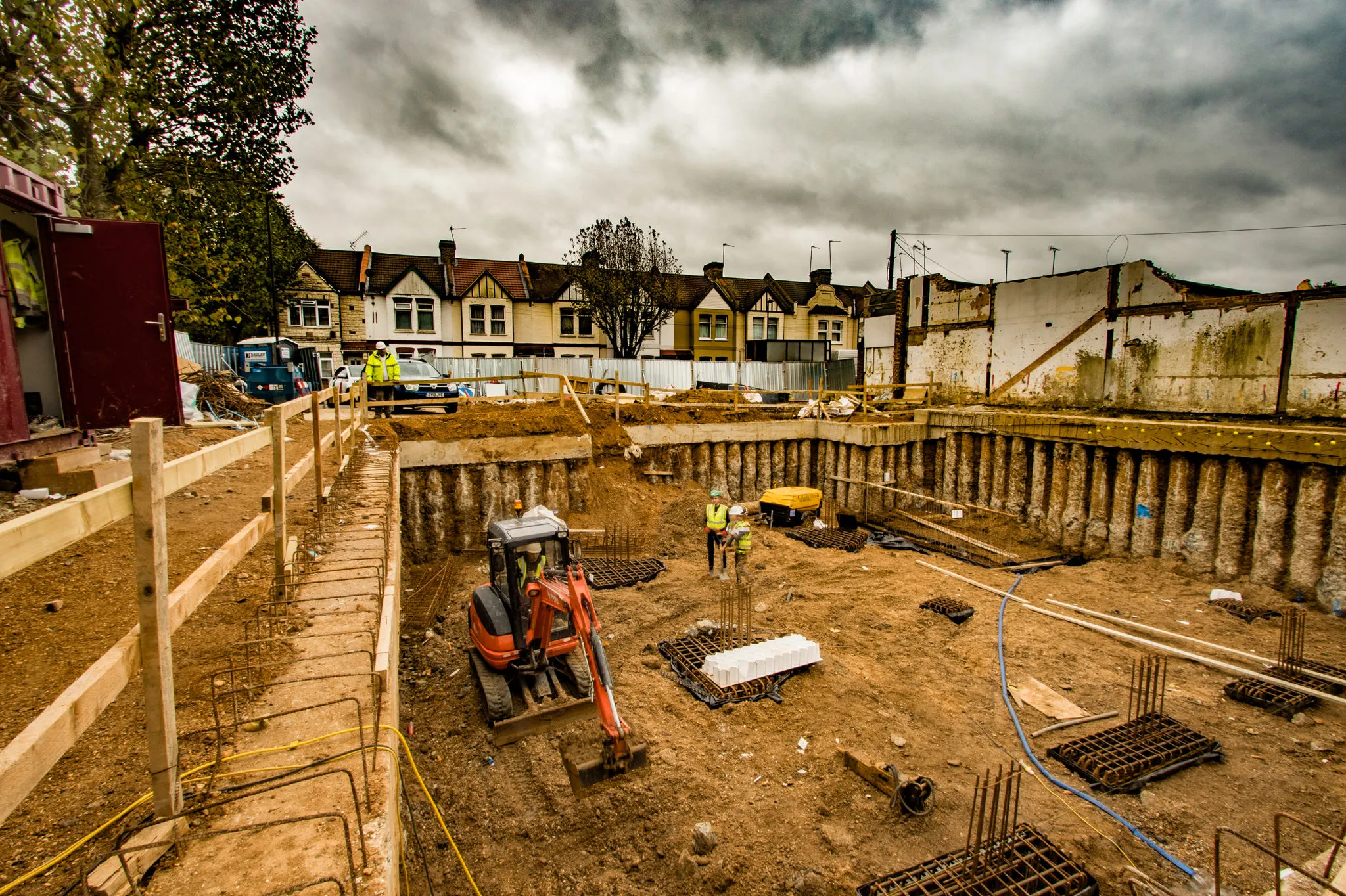In today’s construction industry, both wheeled vs crawler excavators play crucial roles, each with unique advantages that meet the demands of different working conditions and projects.
1. The Unique Appeal of Wheeled Excavators
Wheeled excavators are known for their speed and mobility. Typically, their travel speed ranges from 20-35 km/h, allowing them to quickly move between job sites, greatly enhancing operational efficiency. Moreover, wheeled excavators can travel long distances without the need for specialized trailers, saving both time and costs. They are also highly versatile, as their attachments can be easily swapped to suit various job requirements.

Advantages of Wheeled Excavators:
- High mobility: Wheeled excavators use tires for movement, allowing them to achieve a speed of 40-50 km/h. For instance, some Caterpillar wheeled excavator models can swiftly transfer between sites on urban roads or relatively flat terrains, greatly improving productivity, especially in small to medium-sized projects such as municipal works and road maintenance.
- Minimal ground damage: Wheeled excavators exert less ground pressure due to the smaller contact area of their tires, making them ideal for work on hard surfaces like concrete or grass. This reduces surface damage, making them especially advantageous in areas where ground protection is critical, such as parks and plazas.
- Lower investment cost: Compared to crawler excavators, wheeled excavators generally have a lower manufacturing cost, making them a more attractive option for purchase. This is particularly beneficial for small construction teams or individual operators on a limited budget. For example, some wheeled excavators from SANY offer great cost-performance ratios and have carved out a solid market share.
Applications of Wheeled Excavators:
- Municipal and small-to-medium projects: Wheeled excavators are perfect for urban maintenance tasks such as pipe laying and road repairs, as they can easily maneuver between job sites without damaging the roads, minimizing the impact on traffic and the environment.
- Urban and rural construction: Whether for constructing amenities like green spaces or pipeline installations, wheeled excavators offer the flexibility and efficiency needed for small-scale projects. For instance, when repairing streets or pipelines in residential areas, wheeled excavators can be equipped with breakers to meet work demands without damaging the road.
- Material handling: Wheeled excavators excel at handling materials. They can be fitted with various attachments, like log grapples for loading and unloading timber. In industries such as forestry, their efficiency and rotating bodies make them indispensable, reducing the costs of loading and unloading.

2. The Strength of Crawler Excavators
Crawler excavators, often seen as the “steel giants” of the construction site, showcase remarkable power. Their robust crawler design allows them to traverse difficult terrain with ease, whether it’s muddy, hilly, or sandy. Crawler excavators are powered by strong engines, enabling them to dig into hard earth and rock with ease. Their powerful digging force and precise control make them essential for construction.
Advantages of Crawler Excavators:
- Superior off-road capability: Crawler excavators have a large contact area with the ground, providing excellent traction on soft, muddy, or uneven surfaces. Their stability and mobility make them suitable for challenging terrains like swamps or muddy fields.
- High load capacity: Crawler excavators’ solid undercarriage allows them to handle heavier loads, making them ideal for large-scale earthmoving projects and mining operations.
- Excellent stability: The low center of gravity and wide support base of crawler excavators ensure greater stability during operations, making them ideal for precision tasks like lifting and excavation.
3. Comparison and Selection
Wheeled and crawler excavators each have their strengths, suited to different types of work environments:
- Work conditions: Wheeled excavators are best for hard surfaces like concrete, roads, and grass, where minimizing ground damage is critical. Crawler excavators, on the other hand, are ideal for soft or wet ground conditions such as mud, swamps, and sandy terrain.
- Mobility: Wheeled excavators offer superior mobility, with speeds of 20-35 km/h, making them suitable for long-distance transfers without needing trailers. Crawler excavators, with a maximum speed of only 5-7 km/h, rely on trailers for long-distance moves.
- Cost and fuel efficiency: Wheeled excavators generally have lower purchase costs and fuel consumption, making them an economical choice for budget-conscious users. Crawler excavators, while more expensive and fuel-intensive, offer greater performance in demanding environments.
- Stability: Crawler excavators provide excellent stability, especially for heavy-duty tasks in challenging terrains. While wheeled excavators can be stabilized with outriggers, they are still more prone to tipping on uneven ground.
4. Wheeled VS Crawler Excavator Conclusion
In conclusion, choosing between a wheeled or crawler excavator depends on the project’s specific needs and the local market. For long-term, stable projects, crawler excavators are a better choice. However, if the workload varies frequently and involves short-term projects, wheeled excavators may be more suitable.






